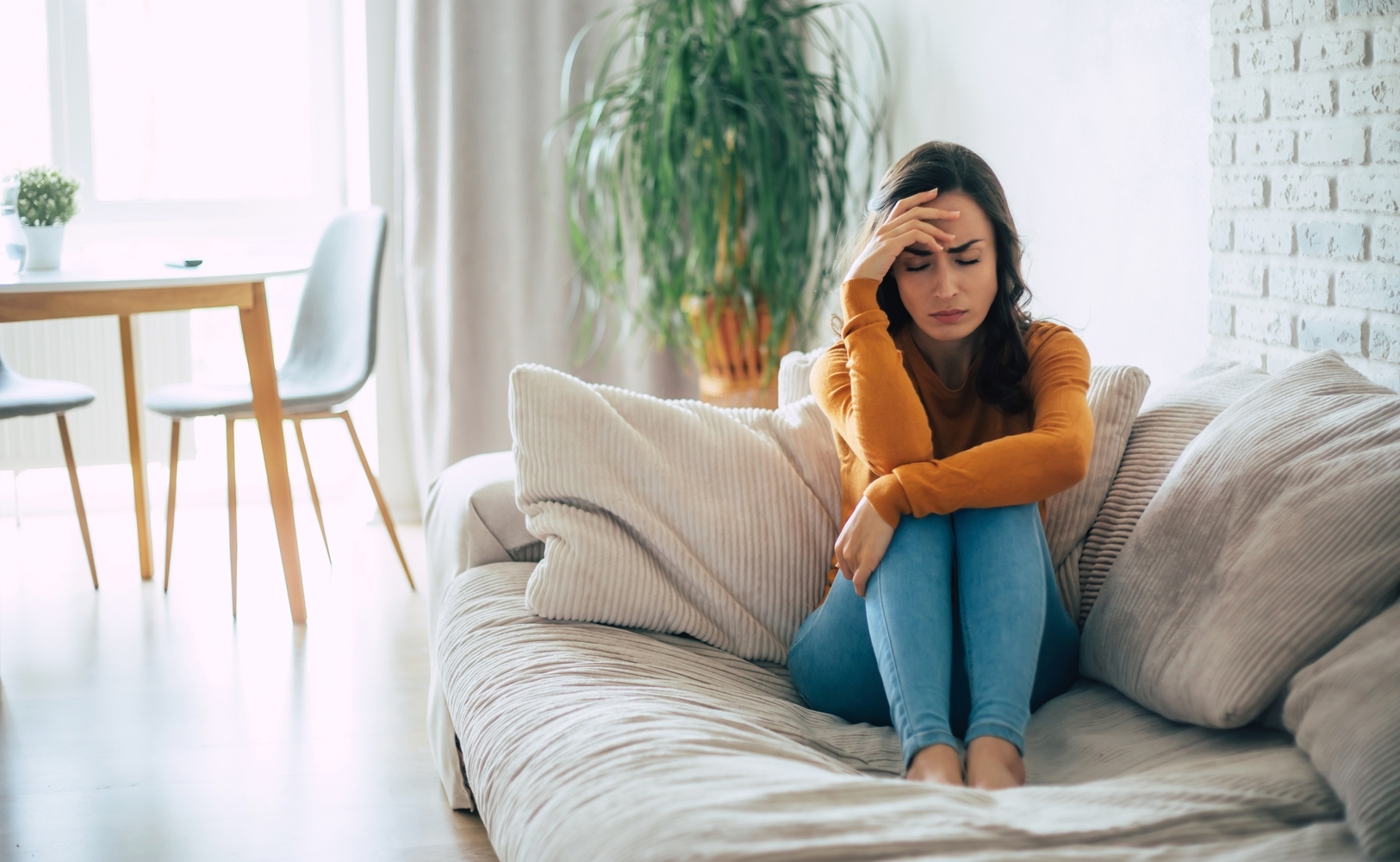
Migraines and Aging: What Women Need to Know
And Practical Steps to Address Them
Migraines can be a debilitating experience, especially as we age. For women over 55, migraines often come with unique challenges influenced by hormonal changes, lifestyle adjustments, and age-related factors. However, understanding the triggers and exploring practical solutions can make a significant difference in managing the condition.
Here’s what you need to know about migraines after 55—and steps to take back control of your life.
Why Migraines Become More Common After 55
Migraines are often linked to changes in estrogen levels, which can fluctuate dramatically during menopause and post menopause. These hormonal shifts may increase the frequency and severity of migraines for many women.
Age-related factors such as increased stress, changes in sleep patterns, or even certain medications for other health conditions can also contribute. Additionally, some women may become more sensitive to common triggers, such as certain foods, dehydration, or even bright lights.
Practical Steps to Manage Migraines
While migraines can feel overwhelming, there are actionable steps you can take to minimize their impact and potentially prevent them:
1. Identify Your Triggers
Keeping a migraine diary can help pinpoint what causes your migraines. Common triggers include:
• Stress or anxiety
• Certain foods like chocolate, red wine, or aged cheeses
• Skipping meals or dehydration
• Bright or flashing lights
• Strong smells
2. Adopt a Regular Routine
Your body thrives on consistency. Establish regular sleep and meal schedules to reduce the risk of migraines.
3. Hydration is Key
Many migraines are linked to dehydration. Aim for at least 8 glasses of water daily and avoid excessive caffeine or alcohol, which can trigger headaches.
4. Try Over-the-Counter Medications
For immediate relief, medications like Advil, Excedrin Migraine, or other pain relievers specifically designed for migraines can be highly effective. These can help reduce the intensity and duration of a migraine episode when taken early.
5. Consider Preventive Treatments
If migraines occur frequently, consult a doctor about preventive options. These may include prescription medications, such as beta-blockers or antidepressants, and even non-medication approaches like Botox injections, which have been shown to reduce migraine frequency in some patients.
6. Stress Management
Techniques like yoga, meditation, or even light exercise can help reduce stress levels—a major trigger for migraines. Many women find that relaxing activities like walking in nature or practicing deep-breathing exercises significantly lessen the intensity of their symptoms.
7. Dietary Adjustments
Adding magnesium-rich foods like spinach, almonds, or bananas can help prevent migraines. Supplements may also be an option if your doctor recommends them.
8. Seek Professional Support
A neurologist or headache specialist can provide targeted care, including advanced treatment options and support tailored to your specific needs.
Take Control of Your Migraines
Migraines may feel like an unavoidable part of life after 55, but with the right strategies, they don’t have to control you. By recognizing triggers, adopting healthier habits, and seeking appropriate treatments, many women find lasting relief and reclaim their quality of life.
Remember, you’re not alone in this journey. Take it one step at a time, and don’t hesitate to reach out to a healthcare professional if migraines are significantly impacting your life.


